
You know there's more to paying team members than cutting a check. But are you sure you're keeping the right records?

You know there's more to paying team members than cutting a check. But are you sure you're keeping the right records?
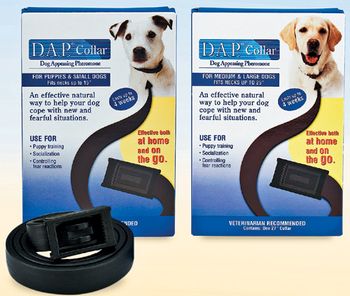
Veterinary Products Laboratories offers its Dog Appeasing Pheromone (D.A.P.?) in a collar form.

EPS introduces Autodrop, a device that clips onto the majority of eye-drop bottles and holds the bottle at the correct angle over the eye.
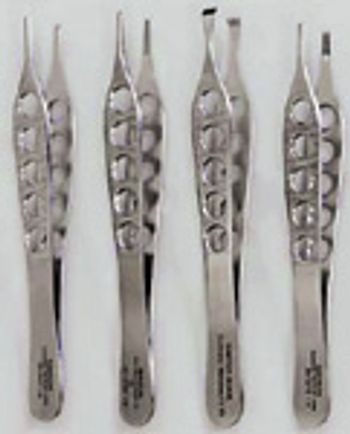
Spectrum Surgical Instruments introduces a line of lightweight tissue and dressing forceps.

PetMap introduces two new CritterCuff sizes for individual sale to use with the PetMAP, sizes 6.5cm and 8.0cm for large-breed animals.

Marshall, Texas - A Texas jury handed AVID Identification Systems a $6-million verdict in a patent infringement case. The decision followed a six-day trial in U.S. District Court in eastern Texas against Swiss manufacturer Datamars SA and its U.S. distributor Crystal Import Corp. for willfully infringing on three U.S. patents and false advertising, the court contends.

Vision USA introduces disposable loupe sweatbands worn under any loupe or headlight.

Virbac introduces a 3-D poster in response to an interest veterinarians have expressed for a tool to help educate pet owners on the specifics of periodontal disease in dogs and cats.
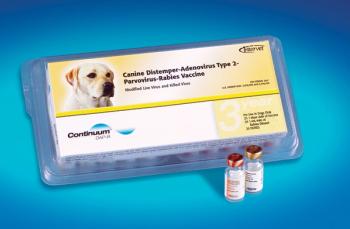
Intervet Inc. announces the addition of Continuum? DAP-R to its Continuum line of vaccines.
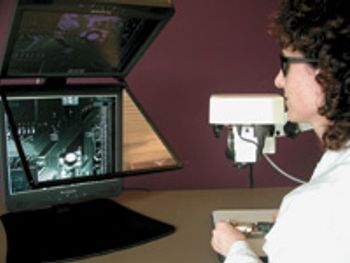
Micro Vision Systems (MVSI) introduces TrueVision?, a real-time, high-definition, 3-D image-capture and display system for stereomicroscopes.
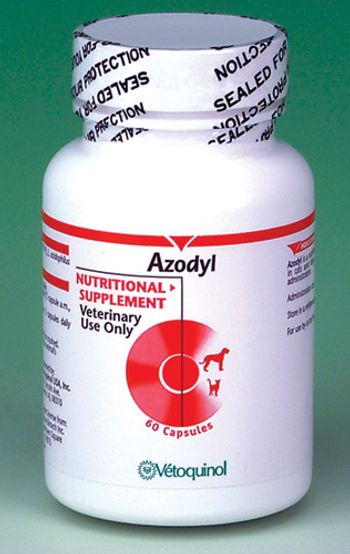
Buena, N.J. - This month, Azodyl? becomes available exclusively to veterinarians to target uremic toxins and reduces azotemia in dogs and cats with chronic kidney disease (CKD).

As a veterinarian, what's the hardest aspect of euthanasia?

MSR Inc. introduces QuietKennel?, noise abatement panels for animal-care facilities.

Louisville, Ky. - The 24th-annual American College of Veterinary Internal Medicine (ACVIM) Forum hosted almost 3,000 veterinary specialists, general practitioners, technicians and students May 31 through June 3.

Supply Rewards offers benefits by saving the yellow reward code labels on participating products.

Andis introduces AGCL LightSpeed?, the first clipper designed with a light for ease of operation with animals.
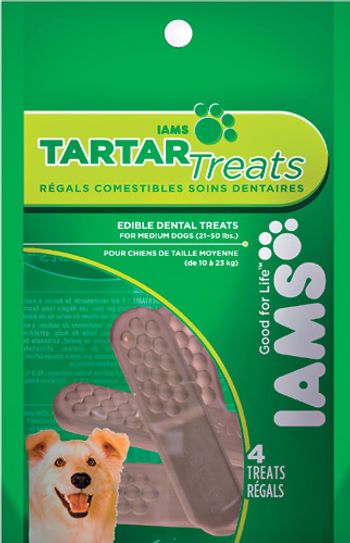
Iams? introduces Tartar Treats? for dogs. The product is an edible chew that prevents tartar production for improved dental health.

St. Charles, Mo. - Royal Canin Veterinary Diet? launched a new line of dental diets for dogs and cats to help prevent dental plaque and tartar formation.

Random House introduces For the Love of a Dog: Understanding Emotion in You and Your Best Friend.

Washington - Small business health plans were shelved May 11 to the chagrin of the American Veterinary Medical Association. But opponents say the proposal will do little to aid the millions of uninsured Americans and could actually raise the cost of healthcare premiums in the long term.
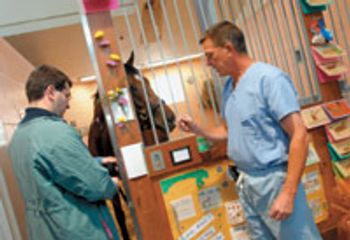
Baltimore - He was on the cusp of immortality when the country's premier Thoroughbred stumbled into a potentially fatal tragedy. Fans gasped and then cried as the undefeated Kentucky Derby winner suffered multiple fractures at the Preakness Stakes. But the veterinary miracle that was about to unfold became an epic of inspiration for racing enthusiasts around the world as fate, innovation and expertise converged to save the life of a horse that many hoped would win the Triple Crown.

Computer Imprintable Label Systems LLC (CILS), launched a new range of security labels for the medical and laboratory industry.

Blackwell Publishing introduces the veterinary laser surgery guide.

PetzLife introduces Oral Care Spray and Gel, for dogs and cats.
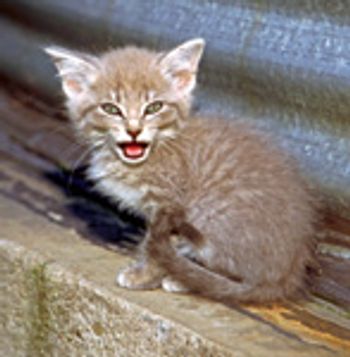
Providence, R.I. - Rhode Island hinges on becoming the nation's first state to mandate the sterilization of cats.

IDEXX Computer Systems, a division of IDEXX Laboratories, Inc., announces its acquisition of VetLINK?, LLC, a medical management software provider.

LogicRad Inc. announces the acquisition of Mast Technology's Radiograph Digital Converter (RDC).

W. F. Young introduces a 30-day supply of Hooflex Plus, pelleted hoof supplement in a resealable bag.

Kansas recently passed a law that's designed to help bring students to large animal practice. It establishes the Veterinary Training Program for Rural Kansas at Kansas State University's College of Veterinary Medicine, which supports five students each year.

Pet Innovations introduces Cat Genie, a self-flushing, self-washing cat litter box.